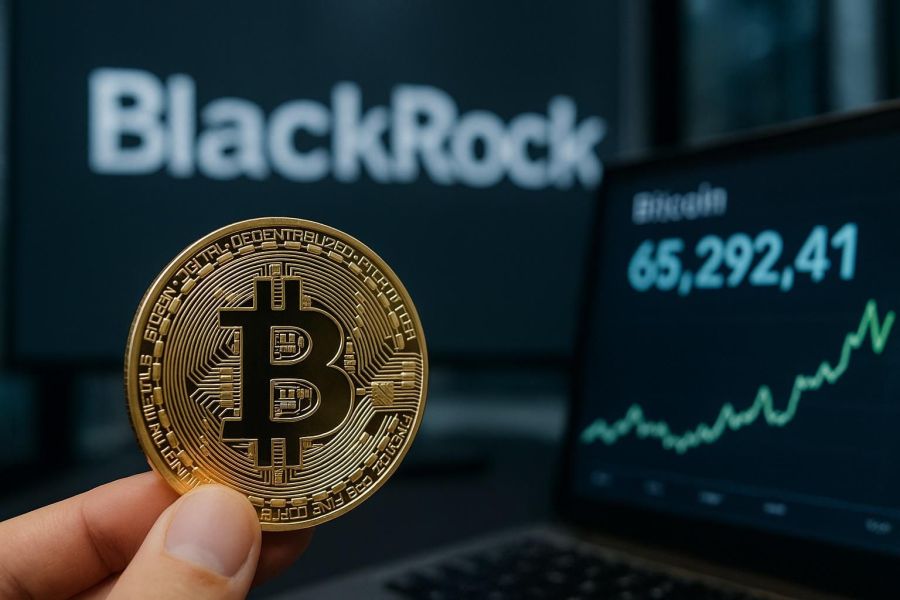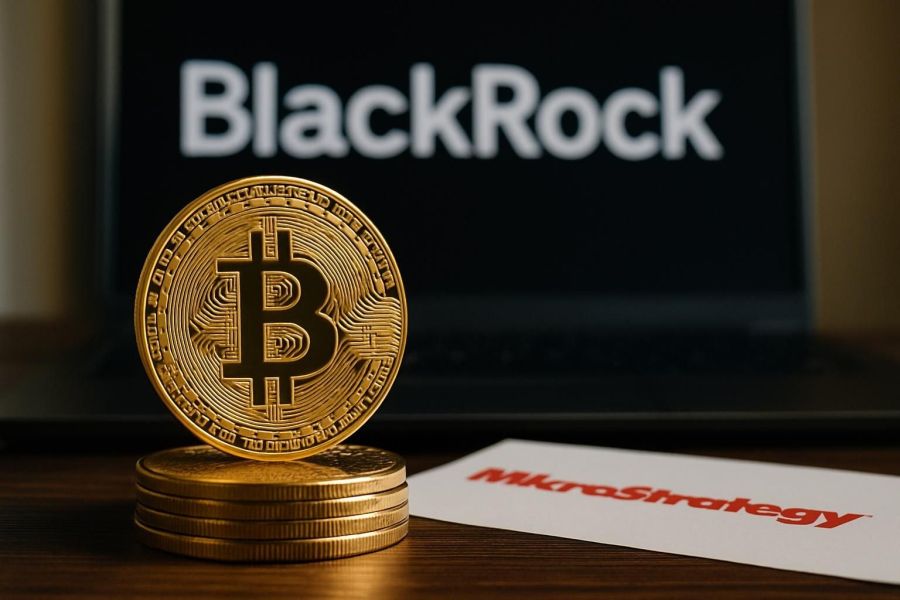With Google’s “Willow” quantum chip developing at pace and institutional players like BlackRock flagging quantum risk, concerns are rising that Bitcoin’s current cryptographic safeguards may soon be obsolete (source [1] – Cointelegraph).
Willow Chip: Impressive, But Not Yet Dangerous
Google’s Willow chip, containing 105 physical qubits, is a technological breakthrough—but experts emphasize it is far from the scale needed to break Bitcoin’s ECDSA signatures, estimating that dividing keys would require **millions of logical qubits**, possibly a decade away (source [2] – The Verge).
BlackRock Raises Alarm Bell
In May 2025, BlackRock updated its Bitcoin ETF filing to include a warning about quantum computing threats. The filing noted that a significant portion of Bitcoin—older, exposed public key formats—could be vulnerable if upgrades aren't implemented soon (source [3] – Cointelegraph).
Post-Quantum Protocols Are in Development
Developers have proposed the “Quantum-Resistant Address Migration Protocol” (QRAMP), a Bitcoin Improvement Proposal (BIP) to enforce a hard fork, migrating vulnerable coins into quantum-secure addresses before a so-called “Q-Day” (source [4] – CoinDesk).
The Scale of the Challenge
According to CoinsPaid, roughly **6.26 million BTC** (≈30 % of circulating supply) could be exposed if quantum attacks arrive earlier than protections are in place. Security experts warn that any delay in upgrading heightens the risk (source [5] – CoinsPaid Media).
What Users Should Do Now
- Stay informed: Follow protocol discussions and monitor BIP developments like QRAMP.
- Manage wallets smartly: Move funds from older legacy addresses to those that will support post-quantum upgrades.
- Choose providers wisely: Use wallets that commit to post-quantum readiness.
- Advocate for upgrades: Encourage exchanges and custodians to support quantum-safe transitions.










